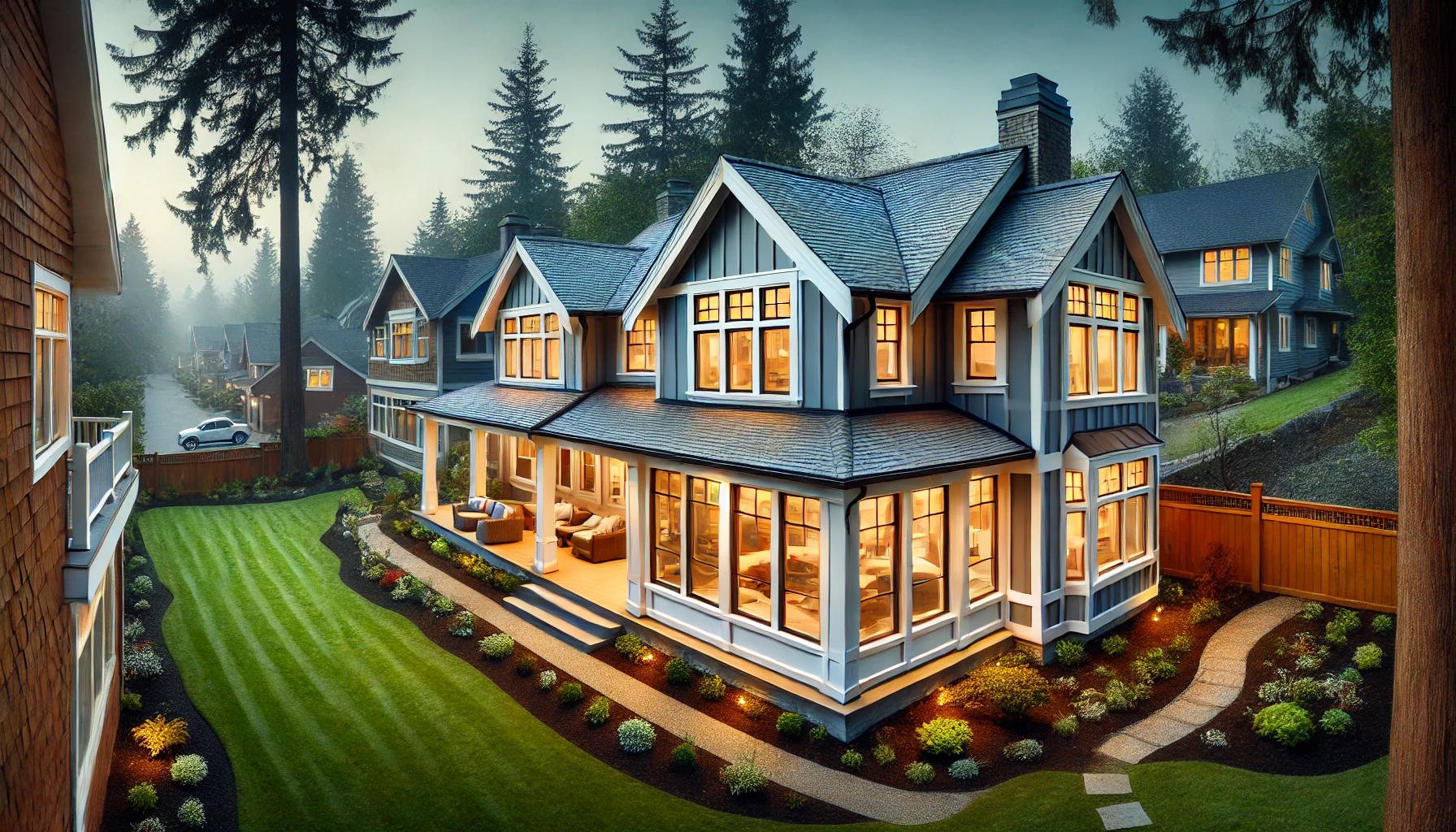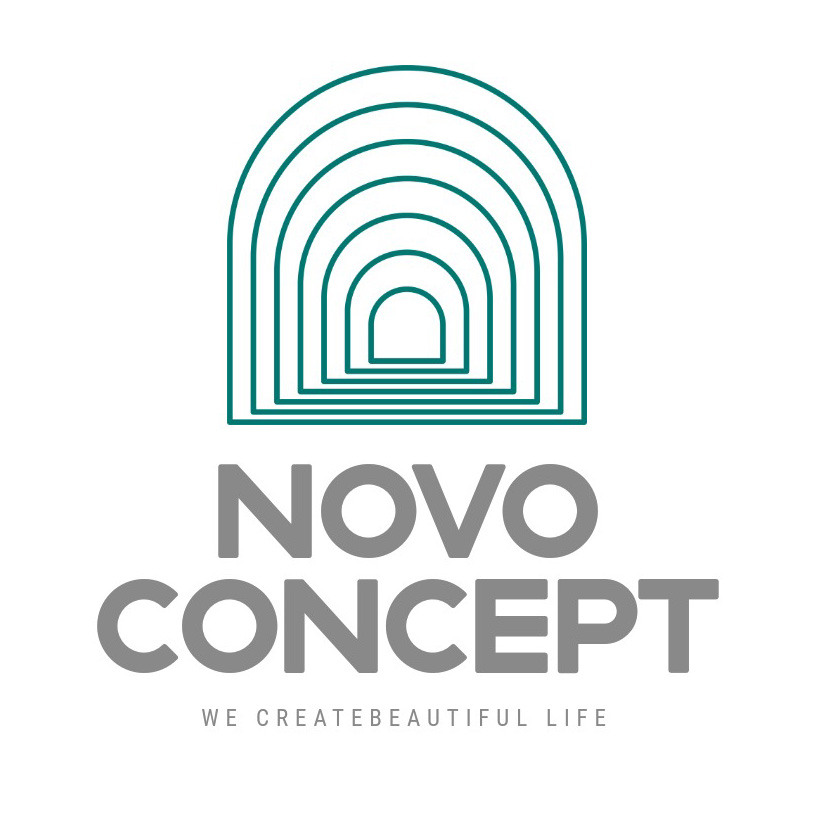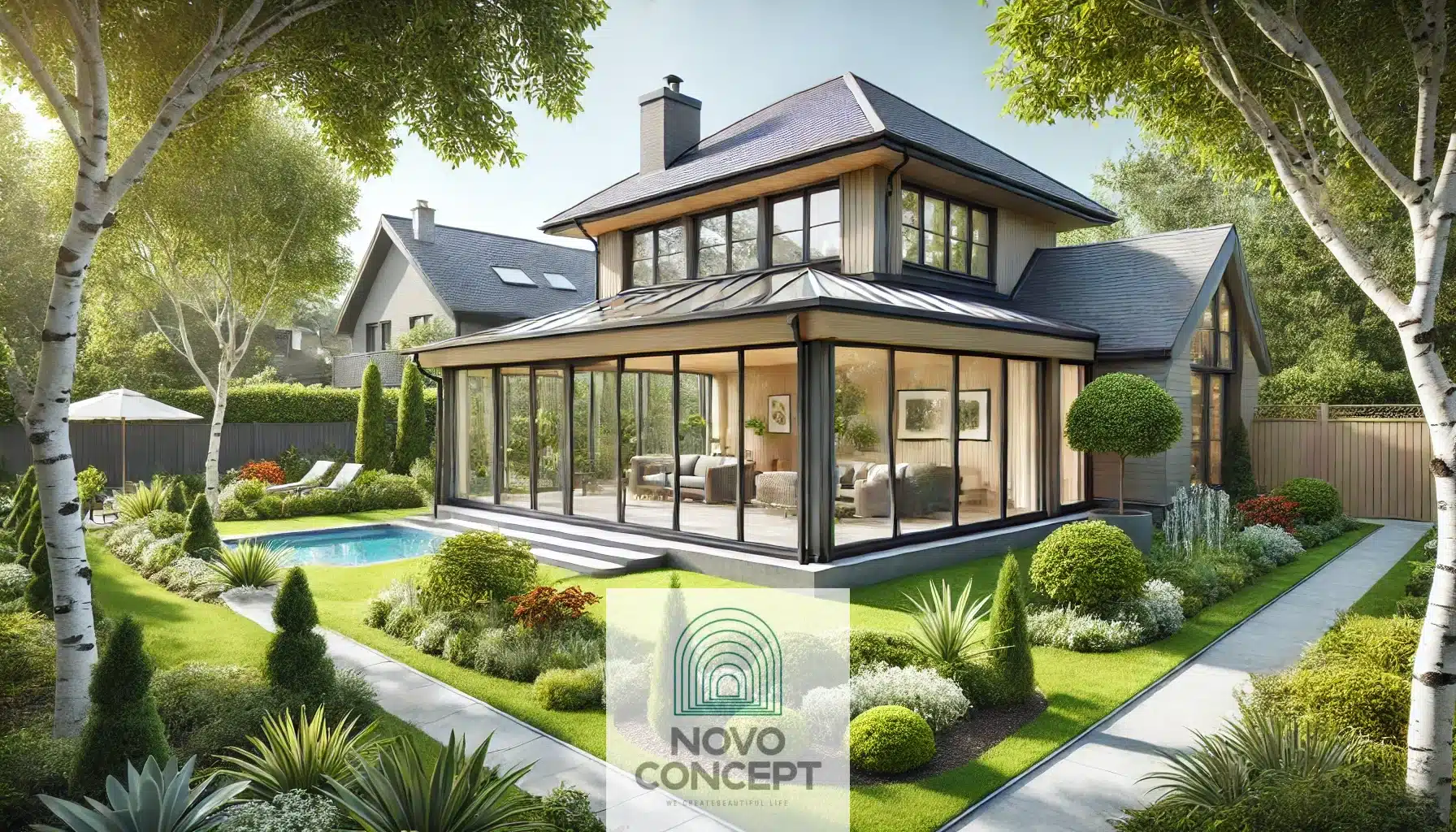Introduction
Adding extra space to your home is a great way to increase functionality, improve comfort, and boost property value. However, one of the biggest challenges of a home addition is ensuring it blends seamlessly with the existing structure. A poorly planned addition can look awkward, disrupt the flow of your home, and even lower its curb appeal.
In this guide, we’ll walk you through the steps to designing a home addition that looks like it has always been part of your home. Whether you’re expanding your kitchen, adding a new bedroom, or creating a sunroom, these essential tips will help you achieve a cohesive and aesthetically pleasing design.
Why Seamless Integration is Crucial
A well-integrated home addition isn’t just about aesthetics—it impacts the overall functionality, comfort, and value of your property. Here’s why a seamless design matters:
1. Enhanced Curb Appeal
A poorly designed addition can stick out and make your home look disjointed. A seamless design ensures:
- A visually appealing home that maintains its original charm.
- Consistency in architectural style, siding, roofing, and windows.
- A well-balanced structure that doesn’t appear “tacked on.”
2. Improved Functionality and Flow
A well-integrated addition allows for smooth transitions between existing and new spaces. Key benefits include:
- Efficient use of space that enhances livability.
- Logical room placement that aligns with daily routines.
- No awkward or unnecessary hallways disrupting traffic flow.
3. Increased Property Value
Potential buyers are more likely to invest in a home that looks cohesive and well-planned. A thoughtfully designed addition:
- Prevents depreciation caused by mismatched renovations.
- Increases resale value by maintaining structural integrity.
- Appeals to buyers looking for a natural and harmonious home layout.
4. Architectural Harmony
A home addition should feel like it was always part of the original design. To achieve architectural balance:
- Match exterior elements such as rooflines, siding, and trim.
- Ensure interior continuity with flooring, ceiling height, and lighting.
- Use complementary colors and materials for a unified appearance.
By focusing on these key aspects, your home addition will enhance both the look and functionality of your property, making it a worthwhile investment.
1. Define Your Needs and Goals
Before jumping into construction, take the time to assess your goals for the home addition. Ask yourself:
- What is the primary purpose of the addition? (e.g., extra bedroom, larger kitchen, home office, sunroom)
- How will it improve your day-to-day life?
- What is your budget?
- How much additional space do you need?
Having clear answers to these questions will help guide your decisions and ensure a well-planned addition.
2. Analyze Your Home’s Existing Architecture
To achieve a seamless look, your home addition should complement the existing structure. Key elements to evaluate include:
Exterior Elements to Match:
| Element | Considerations for Matching |
|---|---|
| Siding & Cladding | Match material and texture to existing walls. |
| Roof Style & Pitch | Maintain consistency in angles, slopes, and materials. |
| Windows & Doors | Match sizes, placements, and styles for a uniform appearance. |
| Trim & Molding Details | Keep decorative elements consistent (eaves, soffits, window casings). |
| Color Palette | Use complementary or matching colors to ensure harmony. |
Taking detailed notes and photographs of these elements will help during the design phase.
3. Work with a Professional Designer or Architect
Hiring an experienced professional ensures that your home addition blends perfectly. A designer or architect can help with:
- Scale and Proportion: Ensuring the addition does not overpower the existing structure.
- Sightlines: Maintaining open views from both inside and outside the home.
- Flow and Functionality: Ensuring smooth transitions between old and new spaces.
💡 Tip: Look for architects with a portfolio of seamless home additions to see their previous work.
4. Matching Exterior Features for a Cohesive Look
Your home’s exterior elements play a crucial role in making the addition look natural. Here’s how to match them effectively:
Exterior Design Considerations:
| Feature | Matching Strategy |
| Siding | Use the same material or find a complementary match. |
| Roofing | Ensure the pitch and materials match the existing roof. |
| Windows & Doors | Keep proportions and placements consistent. |
| Gutters & Eaves | Extend the same detailing to create continuity. |
| Foundation Height | Keep the foundation levels aligned for a seamless look. |
If exact materials aren’t available, use alternatives that closely resemble the original ones.

5. Roofline Integration: Avoiding an “Add-On” Look
The roof is one of the most noticeable elements of a home, so proper integration is key. Consider:
- Matching Roof Pitches & Styles: Keep angles and slopes consistent.
- Using Dormers or Extensions: These can help blend different rooflines naturally.
- Ensuring Proper Drainage: Align gutters and downspouts for a cohesive look.
A mismatched roofline is one of the biggest signs of a poorly planned addition—avoid it at all costs!
6. Creating a Smooth Interior Transition
The interior of your addition should feel like a natural extension of your home. To achieve this:
| Interior Feature | How to Match |
| Flooring | Extend the same flooring throughout to maintain flow. |
| Ceiling Heights | Uneven ceiling heights create an abrupt break between spaces. |
| Paint Colors & Lighting | Use similar tones and fixtures for consistency. |
| Trim & Moldings | Keep interior detailing uniform. |
These small details contribute to a seamless look and feel inside your home.
7. Maintaining Functional Flow
A home addition should not only look good but also function well. Consider:
- Traffic Flow: Ensure natural pathways between existing and new spaces.
- Room Placement: Optimize views, lighting, and accessibility.
- Entry and Exit Points: Avoid awkward door placements or unnecessary hallways.
A well-thought-out layout enhances comfort and usability.
8. Prioritizing Energy Efficiency
When building a home addition, making energy efficiency a priority will not only reduce your utility bills but also improve comfort and sustainability. Here are some critical aspects to consider:
1. Install Energy-Efficient Windows & Doors
- Choose double or triple-pane glass to reduce heat loss.
- Opt for low-emissivity (Low-E) coatings that minimize heat transfer.
- Use weather stripping and insulated frames to prevent drafts.
2. Upgrade Insulation for Maximum Efficiency
- Insulate walls, ceilings, and floors with spray foam, fiberglass, or rigid foam boards.
- Use radiant barriers in attic spaces to reduce heat gain.
- Seal air leaks in ductwork and around openings to prevent energy loss.
3. Invest in Smart & High-Efficiency HVAC Systems
- Install zoned heating and cooling for better temperature control.
- Upgrade to an ENERGY STAR-certified furnace or heat pump.
- Use programmable or smart thermostats to optimize energy usage.
4. Opt for LED and Smart Lighting Solutions
- Replace traditional bulbs with LEDs, which last longer and use less energy.
- Use motion sensors or dimmers to reduce unnecessary energy consumption.
- Consider solar-powered outdoor lighting to cut down on electricity use.
5. Implement Renewable Energy Solutions (Optional but highly beneficial!)
- Install solar panels to offset electricity costs.
- Use geothermal heating and cooling systems for sustainability.
- Consider solar water heaters to reduce dependence on traditional heating methods.
These strategies will significantly enhance your home’s energy efficiency, improve indoor comfort, and contribute to long-term cost savings while reducing your environmental footprint.
9. Obtaining Permits and Approvals
Before construction begins, ensure that you have the necessary permits. Steps include:
- Check Local Zoning Laws to see if additions are allowed.
- Submit Plans for Approval with your local municipality.
- Follow Building Codes to ensure compliance with safety regulations.
Skipping this step can lead to costly fines and delays.
10. Hiring the Right Contractor
A reputable contractor is essential for a smooth home addition project. When hiring, look for:
- Experience in Home Additions with a strong portfolio.
- Positive Reviews and Testimonials from past clients.
- Proper Licensing and Insurance to avoid legal issues.
- Clear Communication about costs, timelines, and expectations.
🚧 Pro Tip: Always get multiple quotes before choosing a contractor!

